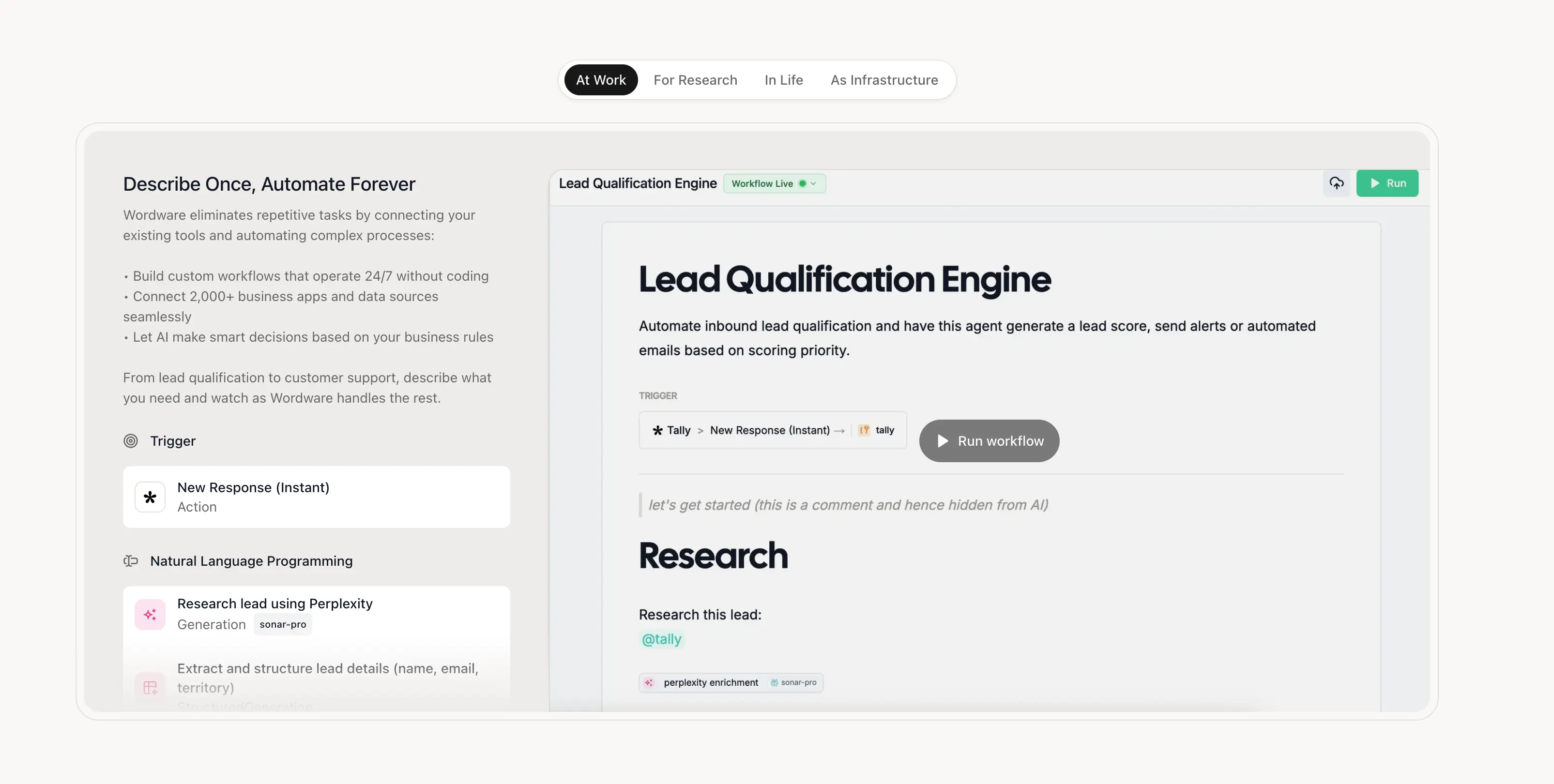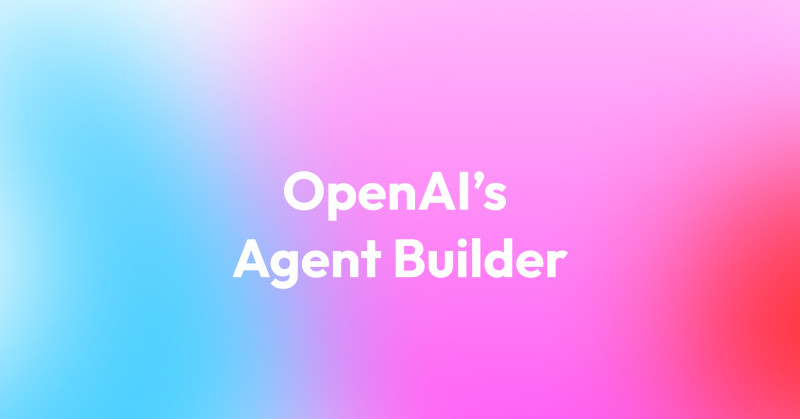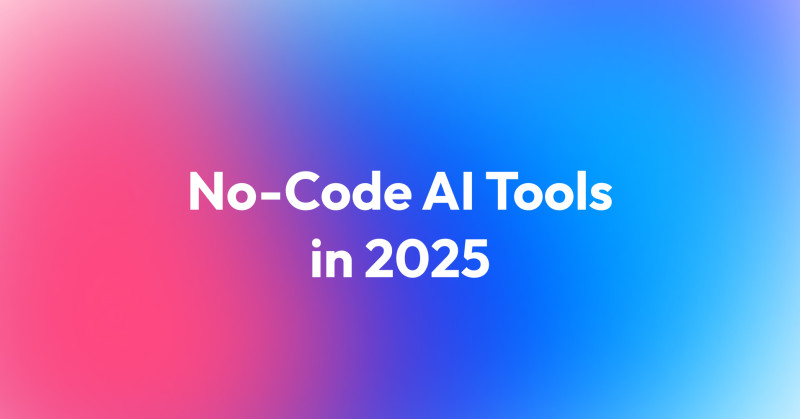Artificial intelligence is increasingly finding its way into tools designed to make business life easier – from marketing, to customer support, to internal processes. One such solution is Wordware – a no-code/low-code platform that lets you build your own AI agents and automation workflows without the need for programming. Sounds complicated? Don’t worry – let’s break it down step by step.

What exactly is Wordware?
Think of Wordware as a workshop for building your own intelligent assistants. Instead of writing complex code, the user simply describes in natural language (e.g., in English) what they want to achieve, and the system translates it into a working process.
To compare: just as a manager gives a task to their team and describes the expected outcome – that’s how Wordware works when it comes to artificial intelligence.
Importantly, the platform isn’t limited to text. It also supports images, audio, and video, so you can create multi-channel solutions – for example, analyzing recordings, generating visuals, or extracting insights from PDFs.
What can you do with Wordware?
Wordware is a versatile tool that can be applied across many areas of a company:
1. Marketing and sales
automatic lead qualification (the system evaluates which contact has higher potential),
generating marketing content and reports,
monitoring social media and preparing summaries.
2. Customer support
intelligent agents answering frequently asked questions,
automatically routing tickets to the right department,
conversation summaries and recommendations for next steps.
3. Operations and data analysis
collecting and organizing data from multiple sources,
preparing recurring reports,
analyzing documents or audio/video files.
Why do companies choose Wordware?
Wordware stands out thanks to several key features:
Fast implementation – instead of weeks of coding, a solution can be built in just a few hours.
Integrations – more than 2,000 ready-to-use connections with popular business apps.
Flexibility – simple processes can be built with natural language, while advanced users can extend them with conditions, loops, or snippets of custom code.
Team collaboration – the environment feels like a shared document editor, making teamwork seamless.
Deployment as an API – meaning you can expose a ready-made process externally and plug it into your company systems.

What to watch out for?
No tool is perfect, and Wordware has its limitations:
Learning curve – basic functions are easy, but advanced options may require technical support.
Costs – full functionality is available only in paid plans.
“Black box” risk – AI models can behave unpredictably, so every process must be thoroughly tested before being rolled out at scale.
Pro Tips – how to get the most out of Wordware
Start small
Before rolling out major automations, build a simple workflow – like a report summary or automated email reply. This helps you grasp the tool’s logic faster.Document your workflows
Just like in IT projects – describe what each agent does, and what its inputs/outputs are. This makes it easier for the team to maintain and expand processes.Test in a controlled environment
Before going “live,” run your agent on a smaller data sample. AI can be unpredictable – better to catch issues early.Leverage integrations
Wordware’s biggest strength is its ability to connect with other apps. Link your agent to a CRM, Slack, or helpdesk system to unlock real value.Use the “human in the loop” principle
For processes where your company’s reputation or key business decisions are at stake (e.g., customer communication), always include a step for human approval.
Is Wordware right for you?
If you’re a CEO, manager, or team leader looking to use AI to streamline repetitive tasks, accelerate workflows, and reduce costs, Wordware could be a strong option.
You don’t need a team of developers to create an AI agent – just clearly describe your goals. However, if your company plans very complex processes that must be 100% predictable, it’s worth considering some technical support.
Wordware – is it worth using?
Wordware is a tool that democratizes access to artificial intelligence. It allows businesses to build custom AI solutions faster and cheaper than traditional coding. For many companies, it could become what Excel was for data analysis – a simple, user-friendly tool that opens the door to entirely new possibilities.





















